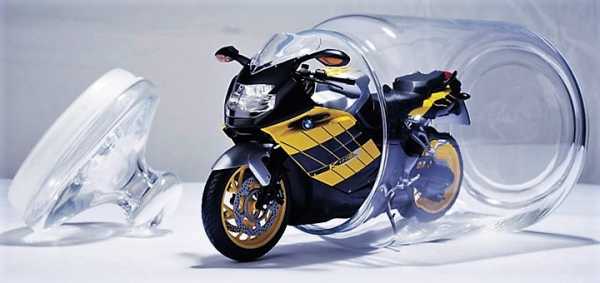
Practical motorcycle: drain your motorcycle
Content
Practical tips for maintaining your motorcycle
- Frequency: every 5 to 10 km or once a year depending on the model ...
- Difficulty (1 to 5, easy to hard): 1
- Duration: less than 1 hour
- Material: main tools + filter wrench and oil recuperator, engine oil, new oil filter and cover seal if needed.
Cleaning your own motorcycle saves you money and doesn't require any real skill, so why deprive yourself of that? There is no danger of oppressing!
Once you've passed the manufacturer's warranty, you can safely commit to draining your car if you're not afraid to get your hands a little dirty.
In an internal combustion engine, oil doesn't just reduce friction to limit heat and wear. It is designed to cool, clean the engine and protect parts from corrosion. Made up of long molecules that allow the production of a film that is both thin and stable, it is constantly subjected to shear forces and temperature fluctuations that cause it to age. Over time, it takes care of the impurities circulating in the engine (metal residues, clutch lining, dust absorbed in the intake, etc.) that it gets deposited in the oil filter. In fact, it degrades, turns black, and its performance decreases. It is then that its replacement becomes necessary.
Procedure
When?
The frequency of emptying is recommended by the motorcycle manufacturer. However, several factors can change this interval. Specific use on short cold trips, for example, is a source of significant fuel-in-oil dilution, which significantly degrades its performance. Indeed, in the cold state, fuel droplets condense on the walls of the engine and descend by capillarity into the oil sump. It is in order to compensate for this phenomenon that the air-gasoline mixture is enriched when the engine is cold. The high concentration of hydrocarbons in oil is very harmful (the essence of a degreaser!). Extreme temperatures, heavy use or, conversely, prolonged absence of use also ultimately win out the lubricant. Changing the oil filter is not a systematic one, it can only be changed at any time during normal use. Again, it's best to respect the manufacturer's recommendations. Note that some dealers have a heavy hand and change it systematically. “It doesn't hurt,” they say, except for the wallet, and then it makes waste that isn't necessarily needed in addition.
How?
The oil change is always hot to thin the oil and help flow.
Motorcycle on a crutch, release the drain nut with the appropriate wrench. Position the container large enough to hold the entire volume and wide enough to avoid uncontrolled dripping on the floor. Ideally, plan a cardboard box under the motorcycle if the ground needs to be saved (especially if you are on the ground).
Carefully loosen the drain nut while holding it to prevent oil from getting on your fingers too early. It is best to wear gloves. We didn't say the engine is hot, but don't boil if you're holding hands.
Let the oils drain, then place the oil filter. There are different types. Some, like here, are cartridges, others are built into the motor casings. Sometimes strapless is enough while it goes through. In the past, manufacturers have offered specialty tools.
Place the recuperator under the filter, if it is too far from the drain plug, replace the cover with a new seal. Tighten to steam (no need to split the housings in half, 35 mN here) and discard the filter. Let it drain.
Some filters are a little more complex than others. Find the direction of assembly, the possible presence of washer, spring, and seals, and the order in which they are assembled to avoid mistakes that prejudice reassembly. If in doubt, take a photo!
Lubricate the seal of the new filter to ease tightening.
If it is a cartridge, tighten by hand, without a wrench. Often we come in contact with the reach of the joint, then serve as a 3⁄4 turn. Sometimes the filter has numbers on the periphery, like here, that allow you to find your way.
Fill the drain plug with new oil between the mini and maximum levels.
Pay attention to the funnel corresponding to the color of the motorcycle and the oil (please be sure to the factory). This is called attention to detail ...
Start the engine, let it run for a minute, the oil pressure indicator should turn off. Turn off the contact and the motorcycle is well horizontally redo your level, next to the maxi.
Collect oil from empty jars (especially do not throw it down the drain!) let the filter drain and return both to the motorcycle store, car center or garbage dump, it will be processed and recycled. Clean up your equipment and it's over!
Now that you are the "Rossi" of the drain, next time we will talk about replacing the candles to light up your lantern.

